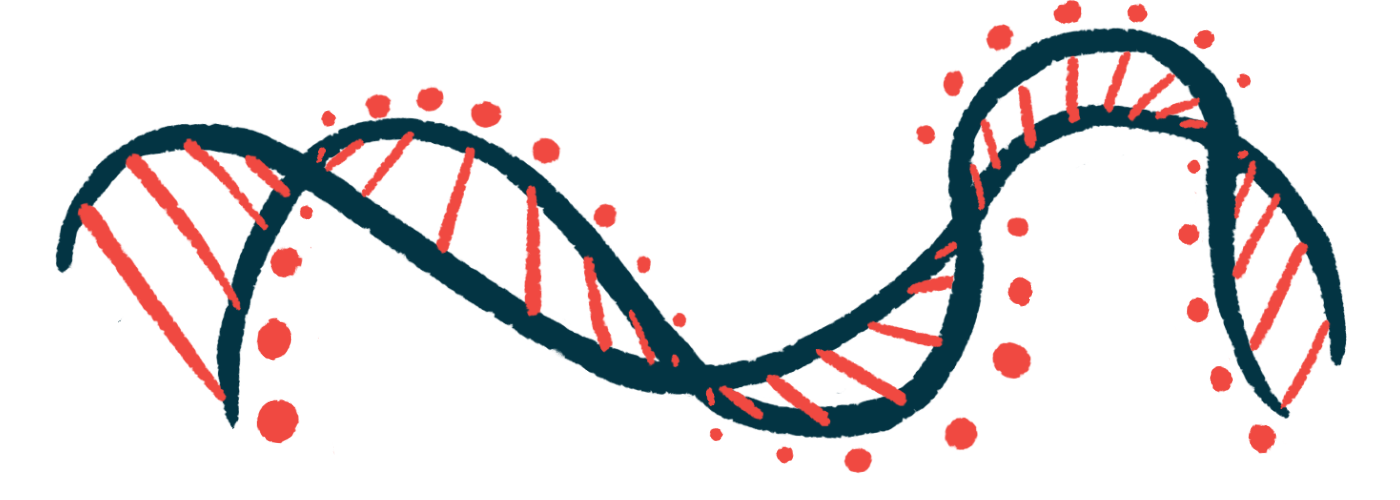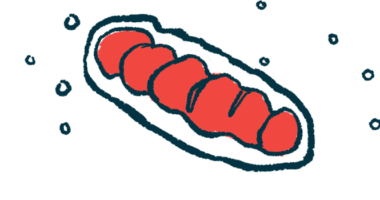#MDA2022 – Gene Therapy ACT-101 Boosts GAA Levels in Early Trial

The investigational gene therapy ACT-101 overall was well-tolerated among three people with late-onset Pompe disease (LOPD) who were treated in a Phase 1/2 clinical trial.
Moreover, the trial results also showed that treatment markedly increased levels of the GAA enzyme — deficient in Pompe disease — in the patients’ muscle cells.
Edward Smith, MD, one of the trial investigators, discussed the findings at the Muscular Dystrophy Association (MDA) 2022 Annual Meeting, being held this week in Nashville, Tennessee, in a talk titled “Phase 1 Study of Gene Therapy in Late-onset Pompe Disease: Analyses of Safety, Bioactivity, and Secondary Endpoints.”
Pompe disease is caused by mutations in the gene that provides instructions for making the GAA enzyme, which is needed to break down a complex sugar molecule called glycogen. This leads to a toxic buildup of glycogen in the body’s cells; muscle cells that normally use glycogen as an energy source are especially susceptible to this toxic accumulation.
For more than a decade, the standard treatment for Pompe has been enzyme replacement therapy (ERT), which, as the name suggests, involves administering a version of the missing enzyme. However, ERT is a maintenance therapy, meaning it is routinely needed — once every two weeks in Pompe — over a patient’s lifetime.
ACT-101 is an experimental gene therapy developed by Asklepios BioPharmaceutical (AskBio), a subsidiary of Bayer. It works to deliver a healthy version of the GAA-encoding gene to cells in the liver by using a specially engineered viral vector. Ultimately, the therapy is designed to allow the body to produce its own functional GAA enzyme.
“The strategy with this program is to use the liver as a depot for GAA production, and then essentially export that out or secrete it to the muscle, as well as other tissues,” said Smith, an associate professor of both pediatrics and neurology at Duke University Hospital, in North Carolina.
A Phase 1/2 clinical trial (NCT03533673) is testing the safety and preliminary effectiveness of ACT-101 in up to eight adults with LOPD. At the conference, Smith presented findings from the first three participants in the trial, all white men, ages 52 to 71, who had all been on ERT for nearly 10 years.
All three participants were treated with a single infusion of ACT-101 at a relatively low dose. To prevent an unwanted inflammatory reaction against the therapy’s viral vector, the men also received treatment with the immune-suppressing corticosteroid prednisone through week 15.
Per trial protocol, the participants were given ERT. All three were able to discontinue that therapy at week 26 (about half a year later) as they met prespecified criteria — specifically, they showed evidence of GAA in the blood, and also showed no signs of decline in lung function or walking ability. All participants met the criteria to remain off ERT for the next half-year of the study.
Muscle biopsies taken about one year after treatment showed that GAA levels in muscle tissue had increased markedly — from 101% to 235% — in all three participants relative to the study’s start. In the first participant, GAA levels increased tenfold, from 2.8% to 28% of normal, while in the second, the levels rose from 19% to 44%. For the third man, GAA levels increased from 56% to 94%. GAA levels also were increased in the participants’ serum, the non-cell part of the blood.
“What these data show are that increased GAA activity in muscle and serum was seen at week 52 versus [the trial’s start], demonstrating” that the experimental gene therapy is biologically active in people with LOPD, Smith said.
Muscle glycogen levels were not significantly different at the one-year mark as compared with the trial’s start.
“We feel that these data suggest the need for higher GAA activity to suppress glycogen accumulation,” Smith said, stressing that these patients were treated with a relatively low dose of gene therapy.
Patient-reported measures of fatigue, as well as measures of walking ability and lung function, also did not significantly change one year after ACT-101 treatment.
Safety data generally were positive. One participant experienced two mild-to-moderate severity headaches around the time he received the infusion of ACT-101, and another experienced muscle pain and a mild, temporary increase in markers of liver damage around the time of infusion. These events were deemed possibly a side effect of the treatment by study investigators.
Three serious safety-related events were reported in one participant, but all were either prior to dosing or due to the patient’s other underlying health conditions and not related to ACT-101 treatment, it was determined. All of these events were resolved with appropriate care.
Overall, these data show that ACT-101 is biologically active, and generally safe and well-tolerated, Smith concluded. He said that the findings support further research, particularly to test higher doses of the therapy.






